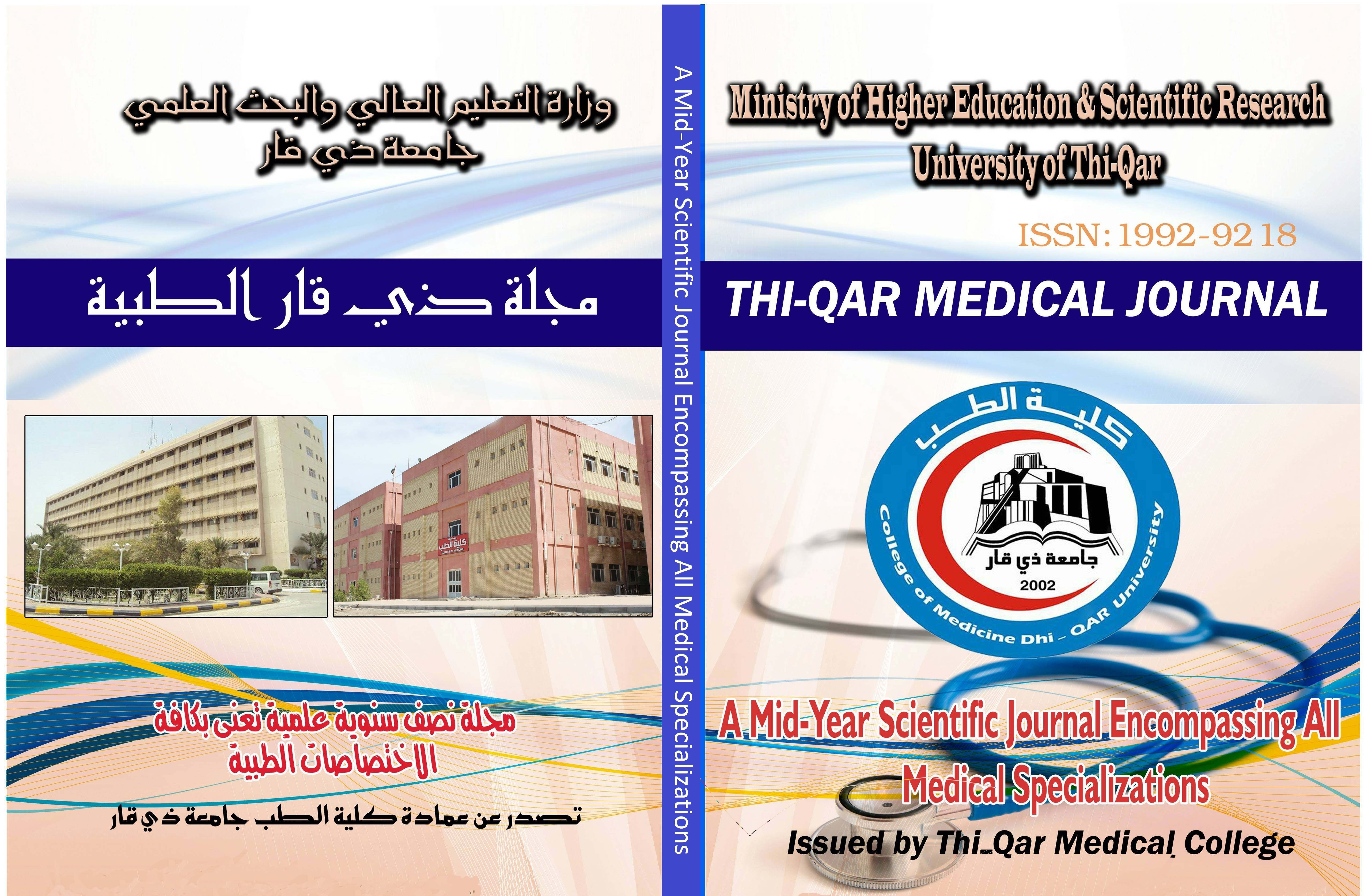Abstract
Background and Objectives:
Nonalcoholic fatty liver disease is caused by the accumulated high amount of fat in the liver
independently of alcohol consumption.The aim of this study was to identify risk factors and their association
with certain laboratory tests in nonalcoholic fatty liver patients.
Methods:
This case-control study was conducted from February 2022 to July 2022 in both Shar Hospital
(public sector) and Baxshin Hospital (private sector). 148 Kurdish adult, their age 18 to 70, participated in
the study. 148 participants were interviewed in a questionnaire; 74 peoples were of NAFLD (cases), and 74
were without liver disease (controls). SPSS was used to analysis the data.
Results:
A total of 148Kurdish adults were included in the study. Participants in control group had a higher
intake of tea and vegetables compared to case group, was statistically significant. But smoking and physical
activity had no statistically significant relationship with NAFLD between bot group (P>0.05). Patients with
NAFLD had dyslipidemia, higher mean (s.triglyceride, LDL, and s.cholesterol levels, and lower mean HDL
values) than those without NAFLD, and statistically significant differences (P<0.05).
Conclusions:
It was concluded that drinking tea and eating vegetables strongly correlate with NAFLD because
they help the liver be protected from fatty liver changes.
Nonalcoholic fatty liver disease is caused by the accumulated high amount of fat in the liver
independently of alcohol consumption.The aim of this study was to identify risk factors and their association
with certain laboratory tests in nonalcoholic fatty liver patients.
Methods:
This case-control study was conducted from February 2022 to July 2022 in both Shar Hospital
(public sector) and Baxshin Hospital (private sector). 148 Kurdish adult, their age 18 to 70, participated in
the study. 148 participants were interviewed in a questionnaire; 74 peoples were of NAFLD (cases), and 74
were without liver disease (controls). SPSS was used to analysis the data.
Results:
A total of 148Kurdish adults were included in the study. Participants in control group had a higher
intake of tea and vegetables compared to case group, was statistically significant. But smoking and physical
activity had no statistically significant relationship with NAFLD between bot group (P>0.05). Patients with
NAFLD had dyslipidemia, higher mean (s.triglyceride, LDL, and s.cholesterol levels, and lower mean HDL
values) than those without NAFLD, and statistically significant differences (P<0.05).
Conclusions:
It was concluded that drinking tea and eating vegetables strongly correlate with NAFLD because
they help the liver be protected from fatty liver changes.
Keywords
Biochemical test
dietary pattern
Iraq.
liver disease
NAFLD
